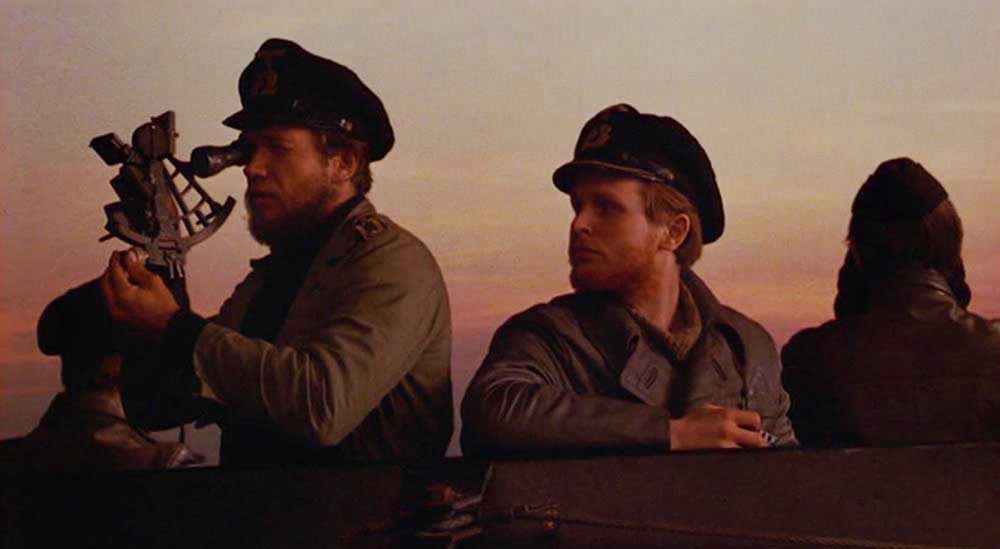Example Problems
Example 1





Assumed Latitude = 45° 00'N |
DR Longitude = 14° 36'W |
|
27'S |
11'E |
|
Latitude = 44° 33'N |
Longitude = 14° 25' W |
|
Actual Position |
|
Latitude = |
44° 33'N |
Longitude = |
14° 25'W |
Example 2




Assumed Latitude = 73° 00'N |
DR Longitude = 20° 22'E |
|
15'N |
10'W |
|
Latitude = 73° 15'N |
Longitude = 20° 10'E |
|
Actual Position |
|
Latitude = |
73° 15'N |
Longitude = |
20° 10'E |
Example 3



| DR Latitude 2 | = |
24° 58'N |
| DR Latitude 1 | = |
24° 47'N |
| DR φ2 - DR φ1 | = |
+ 11' |
Assumed Latitude = 25° 00'S |
DR Longitude 2 = 40° 40'W |
|
22'N |
5'W |
|
Latitude = 24° 38'S |
Longitude = 40° 45'W |
|
Actual Positions |
|
| Observation 1 | 13-32-06 GMT |
Latitude = |
24° 49'S |
Longitude = |
40° 13'W |
| Observation 2 | 16-07-22 GMT |
Latitude = |
24° 38'S |
Longitude = |
40° 45'W |
Example 4



Assumed Latitude = 62° 00'N |
DR Longitude = 31° 32'W |
|
41'N |
10'E |
|
Latitude = 62° 41'N |
Longitude = 31° 22'W |
|
Actual Position |
|
Latitude = |
62° 41'N |
Longitude = |
31° 22'W |
Example 5



DR Latitude = 8° 04'N |
DR Longitude = 29° 39'W |
|
6'S |
9'E |
|
Latitude = 7° 58'N |
Longitude = 29° 30'W |
|
Actual Positions |
|
| Observation 1 | 12-10-55 GMT |
Latitude = |
8° 20'N |
Longitude = |
29° 01'W |
| Observation 2 | 16-10-27 GMT |
Latitude = |
7° 59'N |
Longitude = |
29° 30'W |